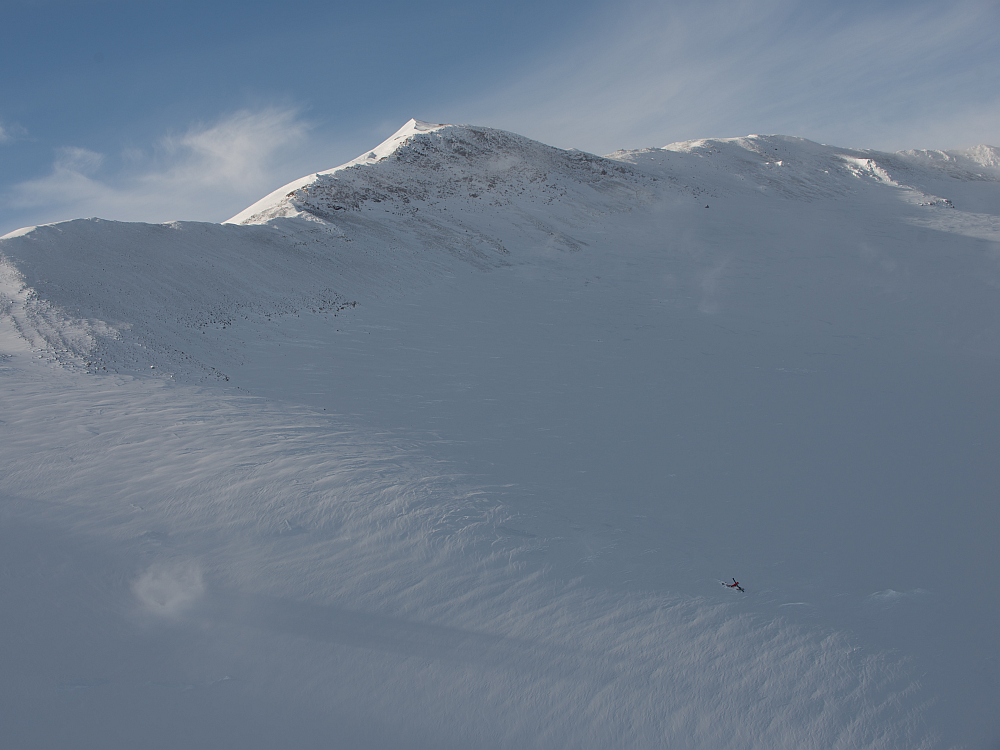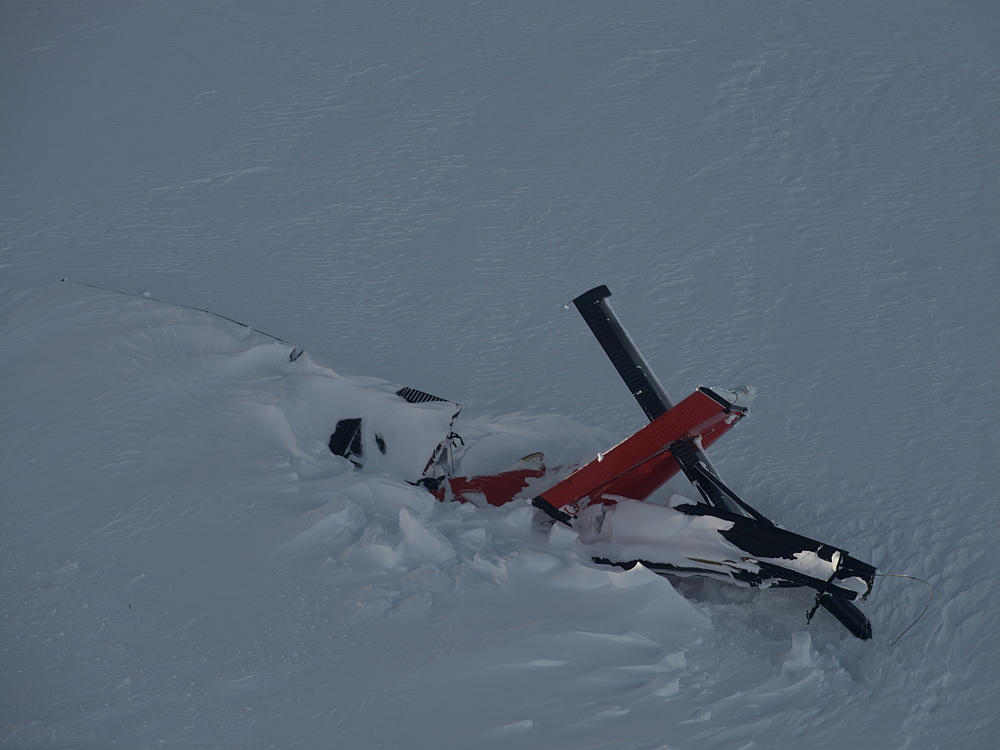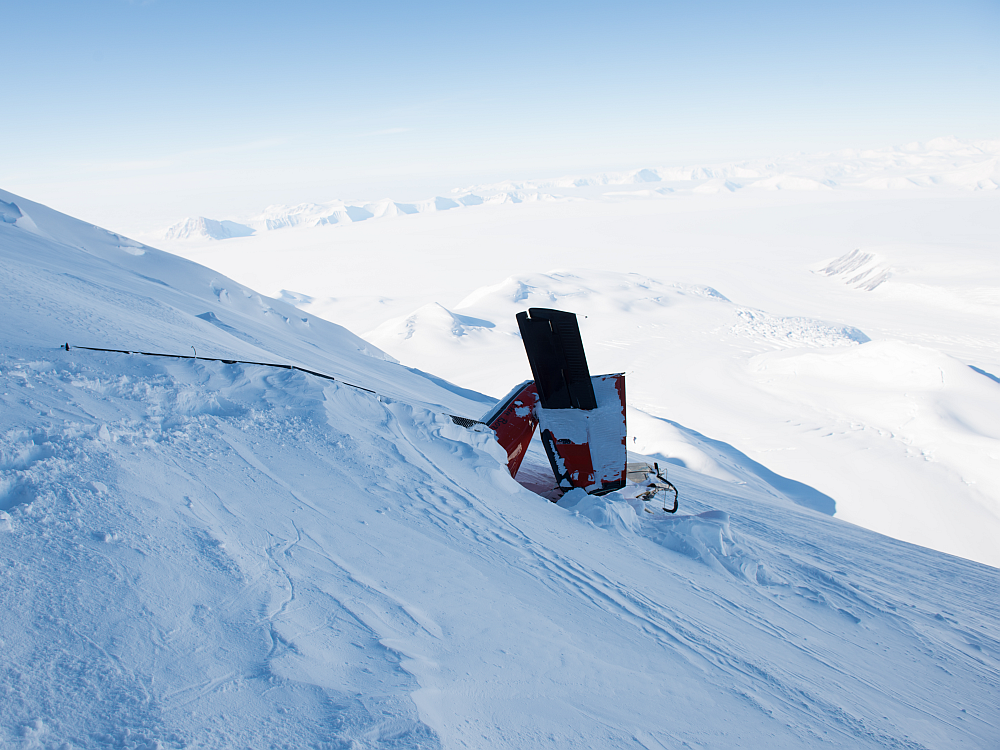Controlled flight into terrain
Kenn Borek Air Ltd.
de Havilland DHC-6-300 Twin Otter C-GKBC
Mount Elizabeth, Antarctica
The occurrence
The Kenn Borek Air Ltd. de Havilland DHC-6-300 Twin Otter, (registration C-GKBC, serial number 650) departed South Pole Station, Antarctica, at 0523 Coordinated Universal Time on 23 January 2013 for a visual flight rules repositioning flight to Terra Nova Bay, Antarctica, with a crew of 3 on board. The aircraft failed to make its last radio check-in scheduled at 0827, and the flight was considered overdue. An emergency locator transmitter signal was detected in the vicinity of Mount Elizabeth, Antarctica, and a search and rescue effort was initiated. Extreme weather conditions hampered the search and rescue operation, preventing the search and rescue team from accessing the site for 2 days. Once on site, it was determined that the aircraft had impacted terrain and crew members of C-GKBC had not survived. Adverse weather, high altitude and the condition of the aircraft prevented the recovery of the crew and comprehensive examination of the aircraft. There were no indications of fire on the limited portions of the aircraft that were visible. The accident occurred during daylight hours.
Media materials
News releases
Transportation Safety Board investigates fatal accident in Antarctica involving Kenn Borek Air Ltd. Twin Otter
Read the news release
TSB update: Antarctica plane accident
Read the news release
Transportation Safety Board of Canada is assessing an Antarctica plane crash
Read the news release
Investigation information
Download high-resolution photos from the TSB Flickr page.
Class of investigation
This is a class 3 investigation. These investigations analyze a small number of safety issues, and may result in recommendations. Class 3 investigations are generally completed within 450 days. For more information, see the Policy on Occurrence Classification.
TSB investigation process
There are 3 phases to a TSB investigation
- Field phase: a team of investigators examines the occurrence site and wreckage, interviews witnesses and collects pertinent information.
- Examination and analysis phase: the TSB reviews pertinent records, tests components of the wreckage in the lab, determines the sequence of events and identifies safety deficiencies. When safety deficiencies are suspected or confirmed, the TSB advises the appropriate authority without waiting until publication of the final report.
- Report phase: a confidential draft report is approved by the Board and sent to persons and corporations who are directly concerned by the report. They then have the opportunity to dispute or correct information they believe to be incorrect. The Board considers all representations before approving the final report, which is subsequently released to the public.
For more information, see our Investigation process page.
The TSB is an independent agency that investigates air, marine, pipeline, and rail transportation occurrences. Its sole aim is the advancement of transportation safety. It is not the function of the Board to assign fault or determine civil or criminal liability.


